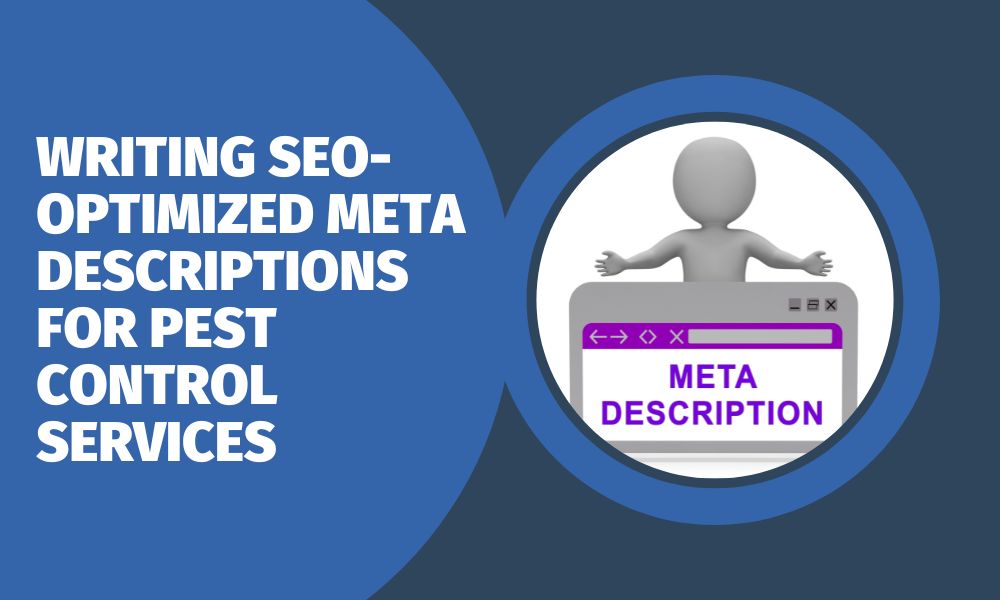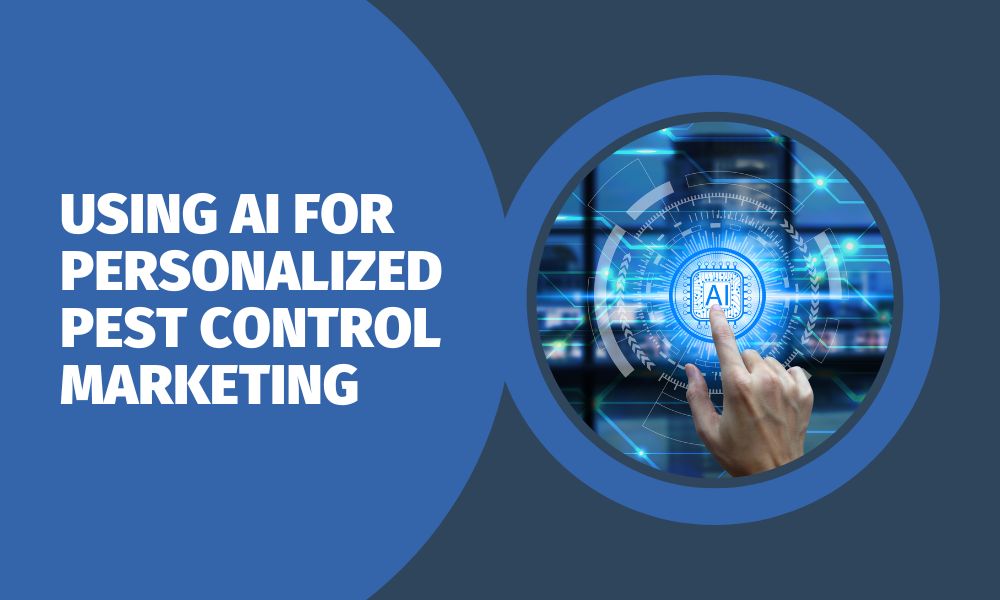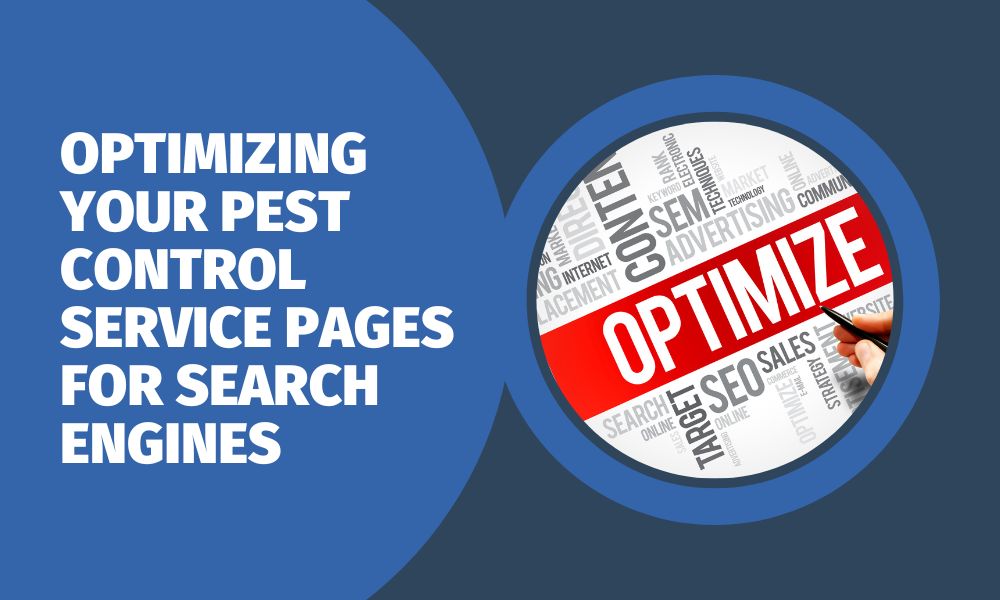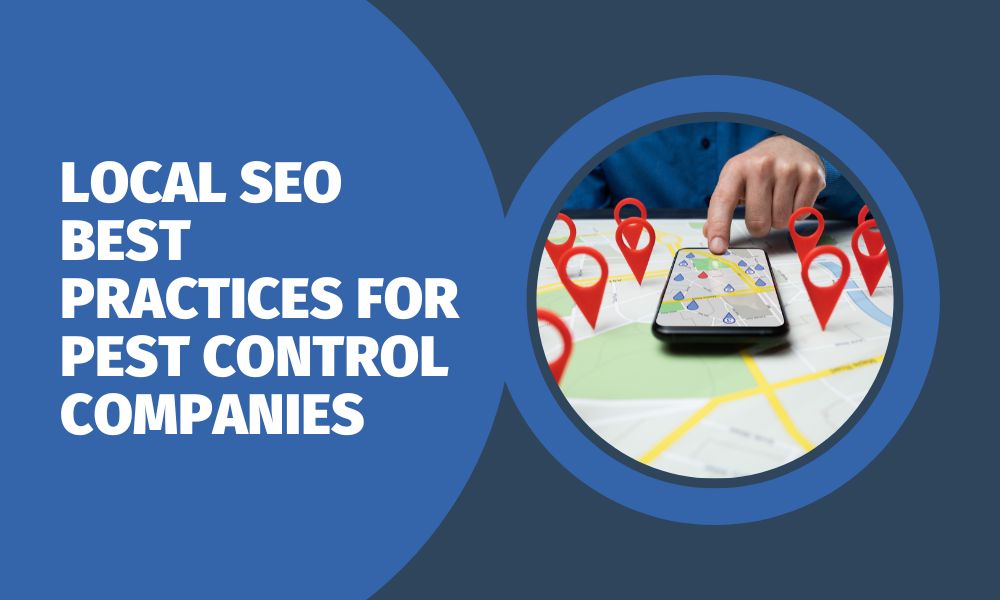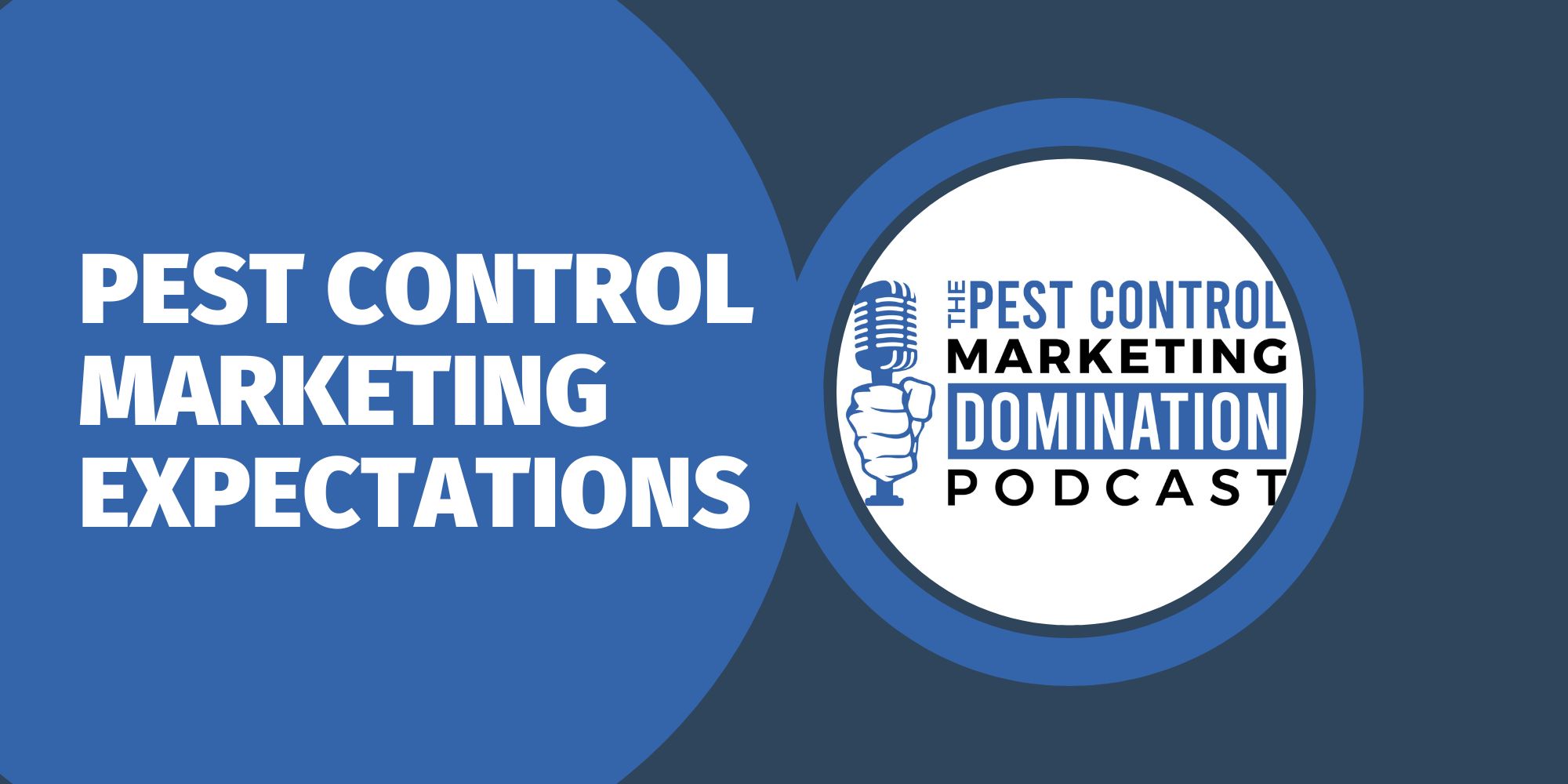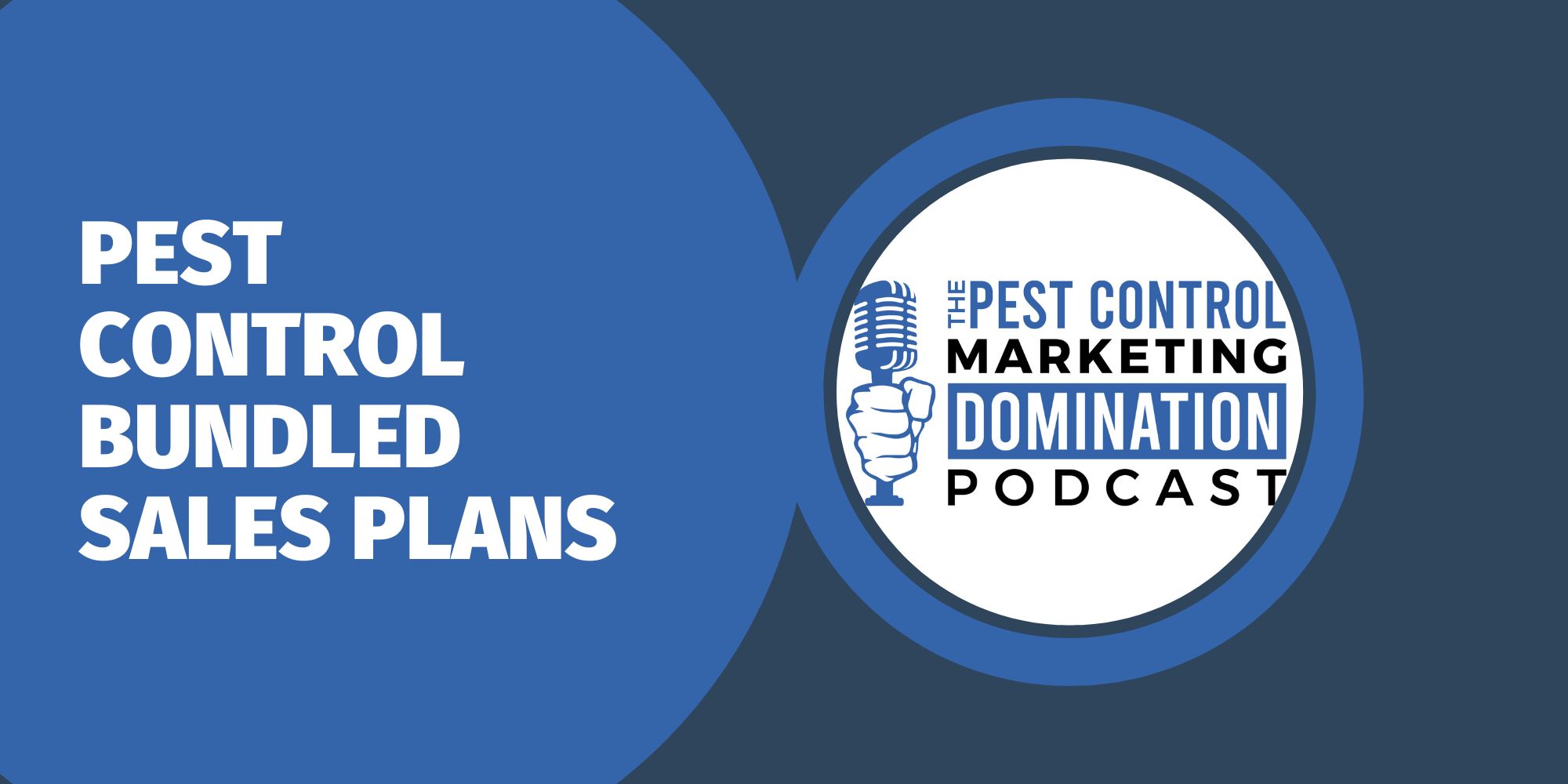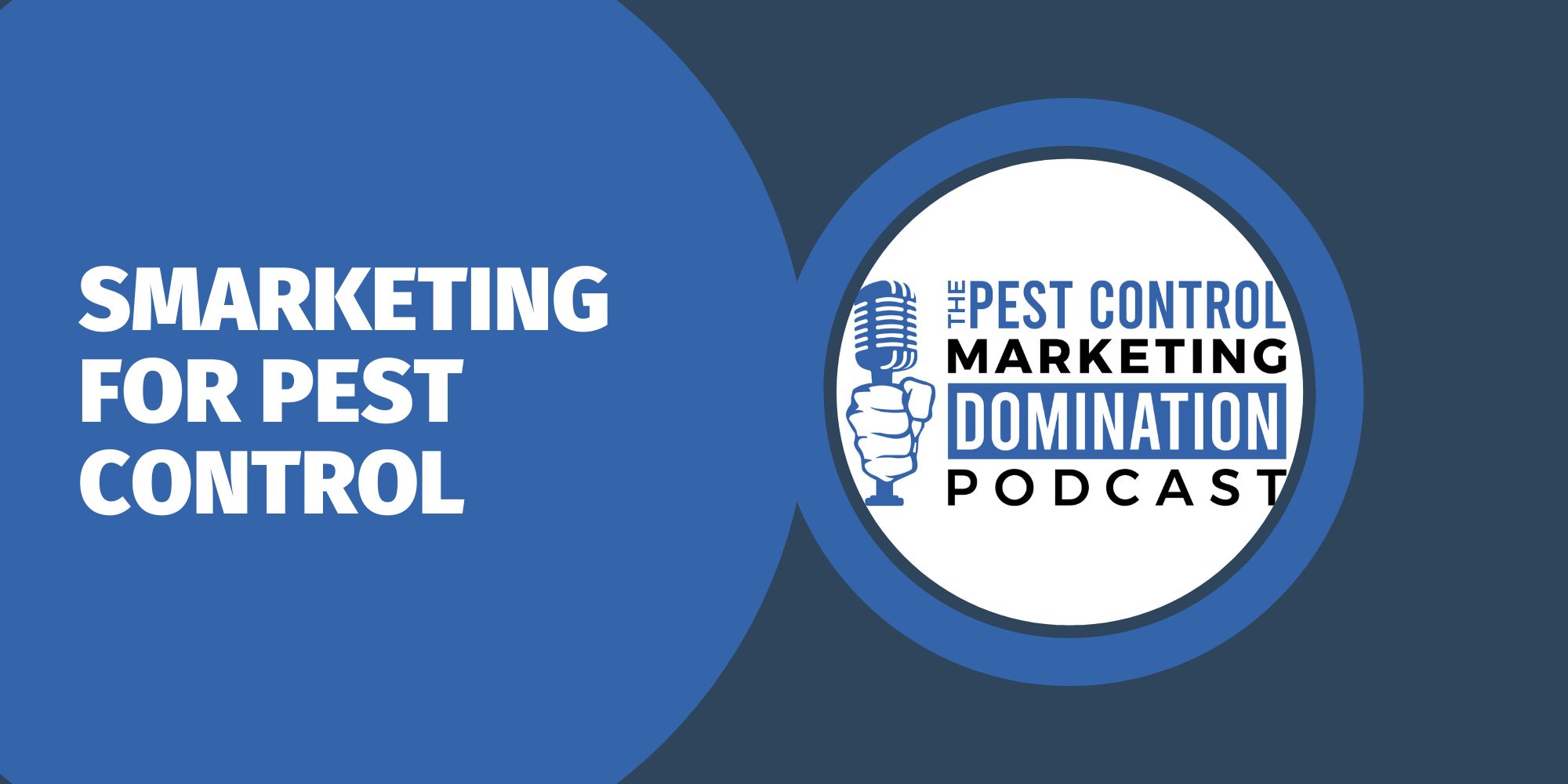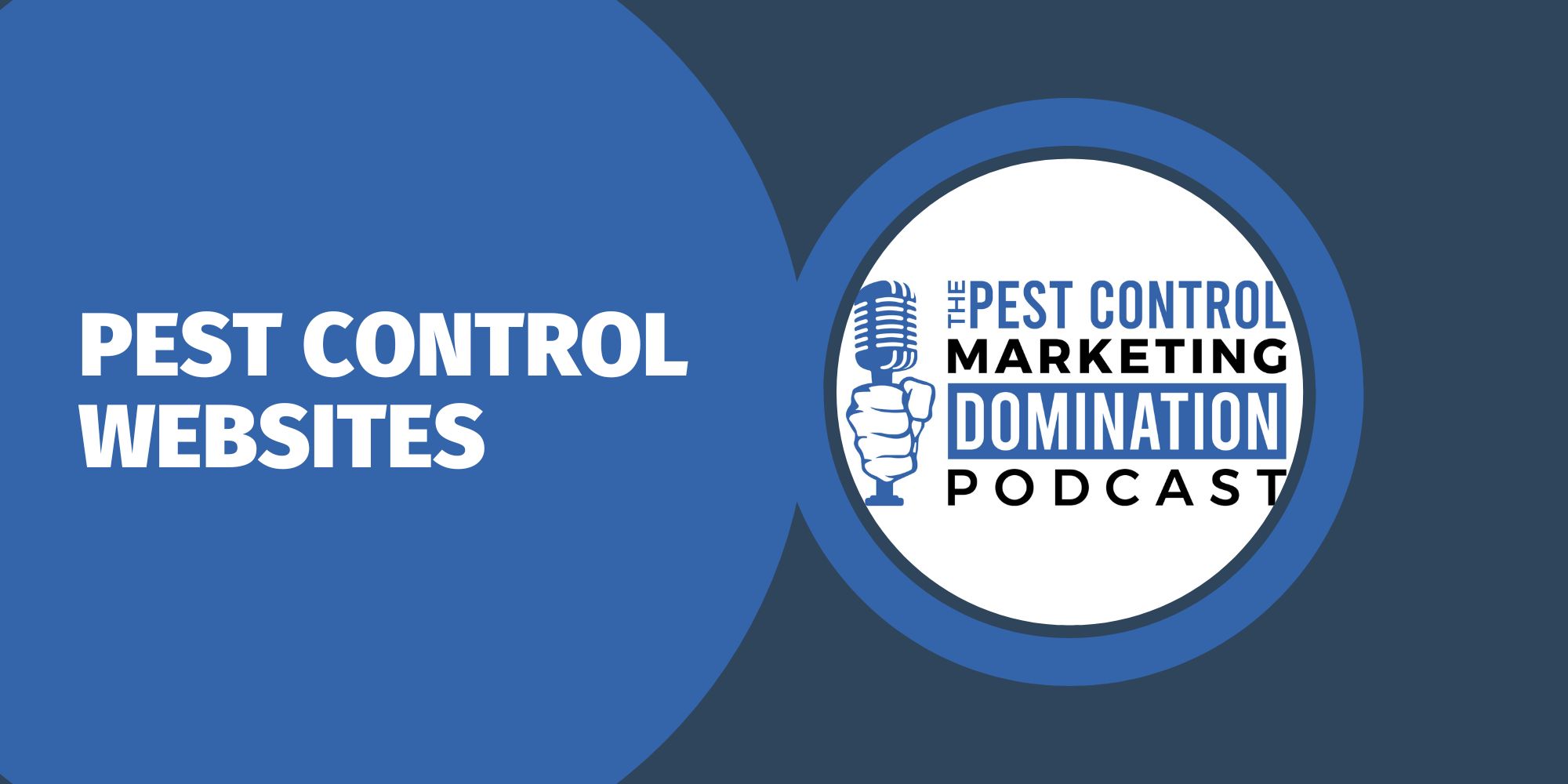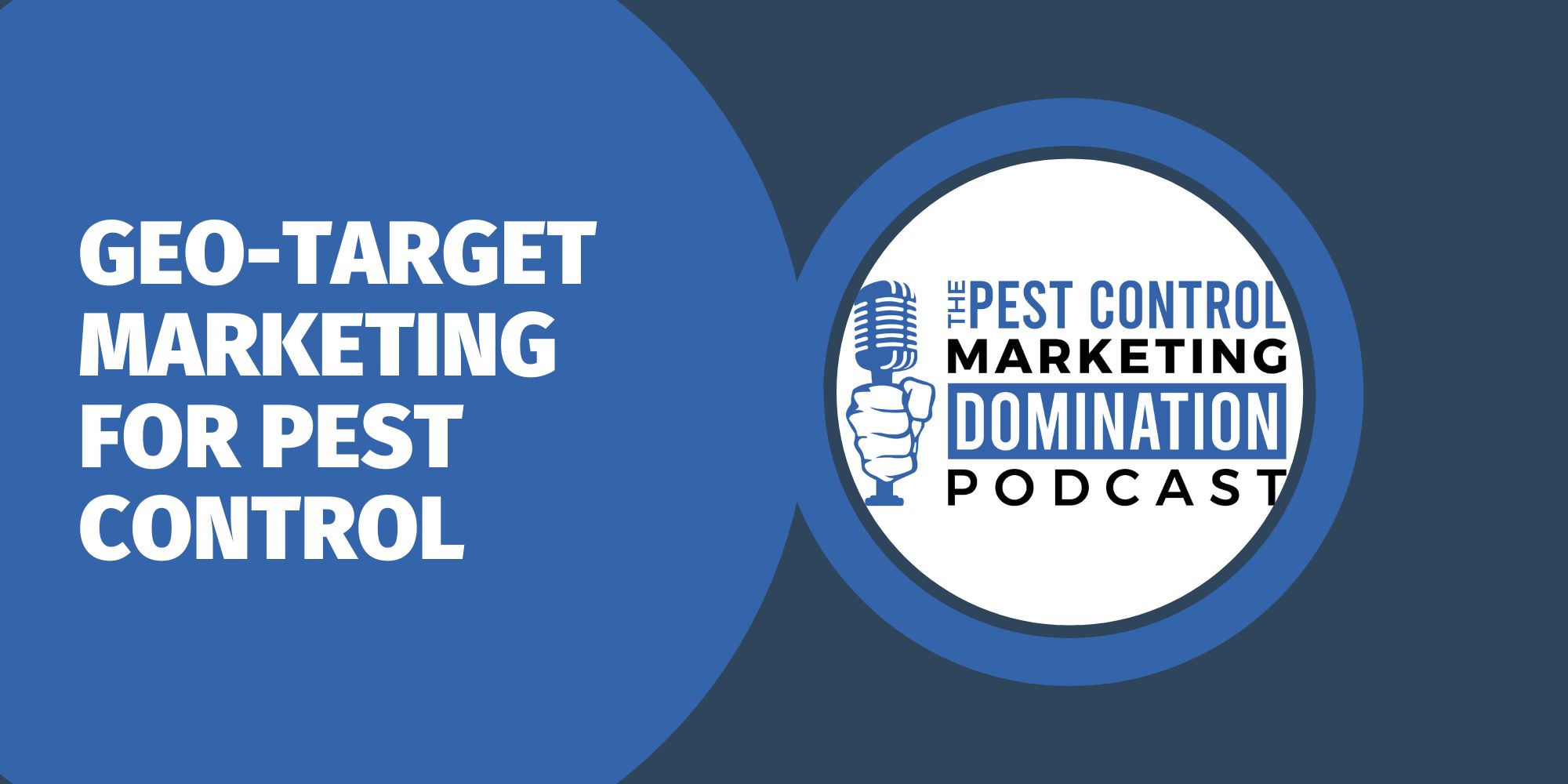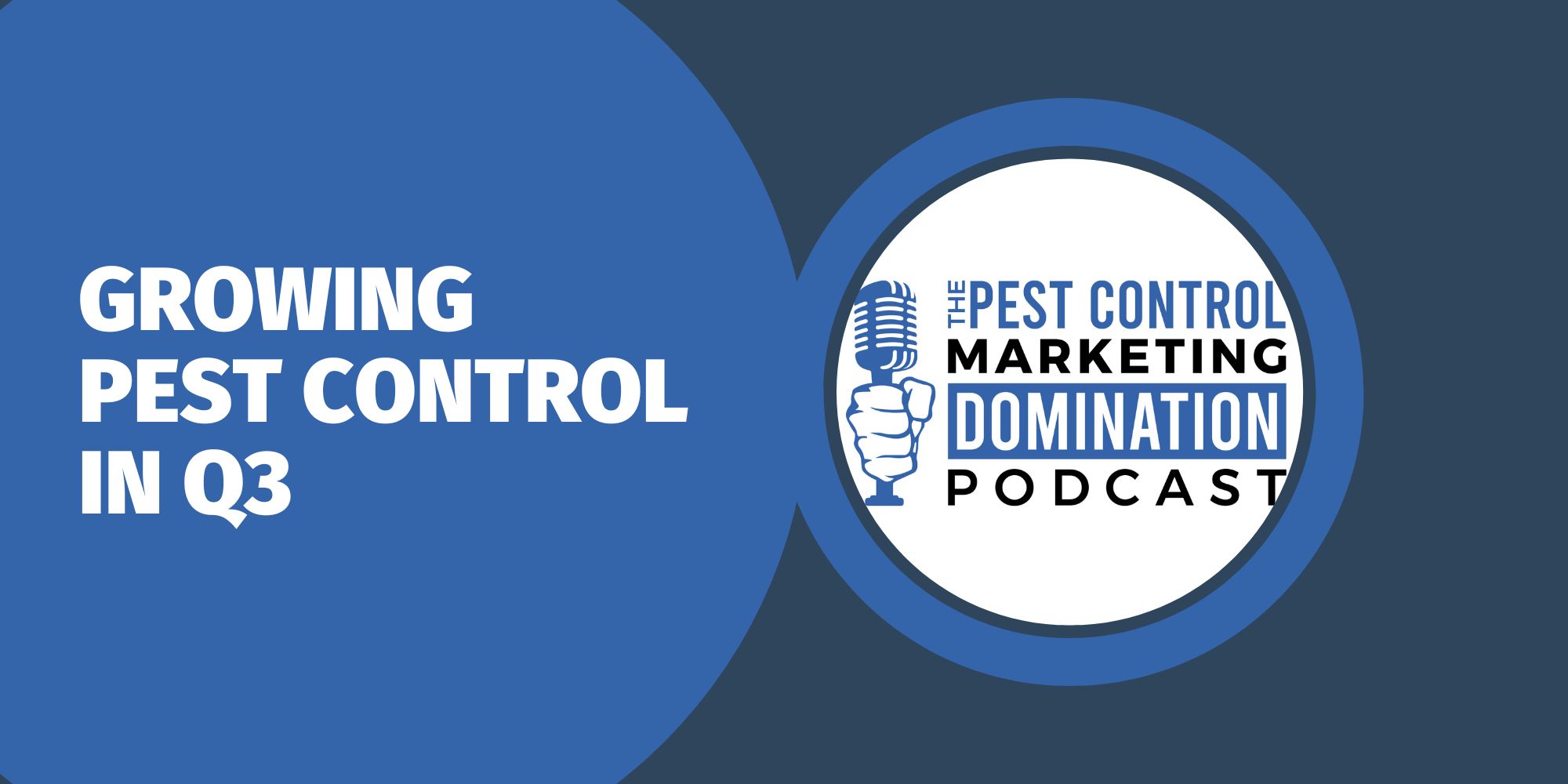Transform your pest control business with these 7 digital marketing strategies.
1. Polish your Google Business Profile for Local SEO
Local SEO is one of the best ways to increase revenue without a huge marketing spend. Optimizing your Google Business Profile is your first step on the Local SEO checklist.
Google provides business owners with a business listing that appears in both Google Maps and local search results. The more information you provide about your business, the easier it is for a local search engine to connect local customers with your pest control services.
Make sure you fill out all of the available fields with complete and accurate information. The business description allows for 750 characters, so maximize this space with what makes your pest control company unique in addition to the services you offer.
Also be sure to verify your location and keep your hours updated. To appear in results on Google Maps and Google Search, business locations must be verified by adding or claiming your business listing.
Start generating legitimate reviews of your pest control company ASAP. No matter what your long term strategy is, invest the time to obtain at as many reviews as possible on your Google Business Profile.
Finally, make sure you choose the correct business categories and select all applicable attributes. The attributes you can choose from are determined by your business category, but there are also some universal ones such as “veteran-led business” or “women-led business.” Make sure you check your page monthly to update any changes on your end plus be aware of any changes Google makes.
2. Run Ads in your Local Market
A local digital campaign is based on your Google Business Profile and uses automated features inside of Google Ads. These features ensure your pest control company’s ads are shown to the right audience, in the market you service and at the right time.
Google Ads gives you different ways to target your ideal customers through keywords, ad location, customer demographics and location, as well as day, time and frequency in which they run. You can even refine which types of devices your ads appear on and when. Targeting helps assure your ads are reaching potential customers whose interests align with what you’re promoting.
The best part about Google Ads is they really allow you to control your costs. You set a daily budget and can choose how much you want to spend per ad. The only time you pay is when someone clicks on your ad.
Google Ads makes it convenient to manage your campaigns and measure your success. They offer free tools to easily make changes to your ad content or your campaign details. Reporting is straightforward. You can track if someone clicked your ad, as well as what they did after clicking, such as scheduling an appointment, filling out a contact form or making a purchase.
3. Set up Business Profiles on Directory Sites
Create profiles on websites where people may be checking out your company or looking for pest control services. This includes sites like Angi, Yelp, HomeAdvisor, Facebook, LinkedIn and the Better Business Bureau.
You can also use a service or vendor to add additional listings. There are many legitimate listing opportunities for local or regional pest control companies.
Don’t forget to leverage your local business networks for links either. Are you a member of your local chamber, support a local organization or sponsor an event? Make sure your business is listed in the appropriate place and all of your information is correct.
4. Create a Mobile Friendly Website
Since 80%+ of all pest control web traffic occurs from a smartphone, make a good first impression by having a mobile friendly website. By optimizing your site for smartphones and tablets, you will make it easy for customers to find what they’re searching for within seconds of landing on your site.
Enlarge the size of buttons so they’re easily clickable. Also, think about how you can prioritize your content. You can’t display it all at once on small mobile screens, so think about what your audience wants and place the most relevant content first.
5. Send targeted email campaigns
Email marketing is a great way to keep your pest control business top of mind with your customers and prospects. Your goal when sending out emails should be to generate more leads, opportunities and new business.
In the pest control industry, the average open rate for emails should be around 18-20%. To drive this level of success, segment your lists and focus on content that speaks to your different buyer personas.
You can segment your lists into different groups based on unique characteristics of your email subscribers. For example, GPC Customers, One-Shot Customers, Mosquito Seasonal, Lost Customers and Leads. This will help you avoid sending content to disinterested customers and keep your unsubscribe rates down.
If you service more than one location, you may need to create different content for each location if the geographical areas lead to unique pest problems in those markets. The goal is to really try and personalize your messaging so it speaks directly to your reader.
6. Create Videos with Expert Tips
Creating video content for your pest control company can be a really powerful addition to your marketing strategy. Videos may seem more intimidating to produce, but if you have good lighting and an iPhone, you’re halfway there.
Whether you’re explaining your services or giving helpful tips on pest control prevention, a lot of customers prefer watching a 1-2 minute video over reading content. By combining both video and written content, you will reach all audiences regardless of their preferences. Plus video consistently keeps users on pages for longer, so it’s a great addition to your website.
Videos also help improve your SEO. Google is looking for content that engages viewers, and video tends to drive additional and longer page views. Plus they are easy to reuse as content on your social media pages. The more visibility you have on multiple channels, the greater chances of customers discovering your business.
7. Align your sales team with your marketing plan
Your sales team has the same goal as your marketing strategy, right? To bring on new customers! Make sure your sales staff and office personnel are plugged into the campaigns your pest control company is running, so they can be prepared on calls and increase their conversion rates.
According to HubSpot, survey data found that organizations with tightly aligned sales and marketing teams saw 27 percent faster profit growth, and 36 percent higher customer retention. They also found that these leads, when converted to customers, spent 47% more than customers left to make purchases on their own.
While your sales team may be great at driving revenue on their own, the statistics show they can be even more effective when they’re included in the marketing strategy for your pest control company.










